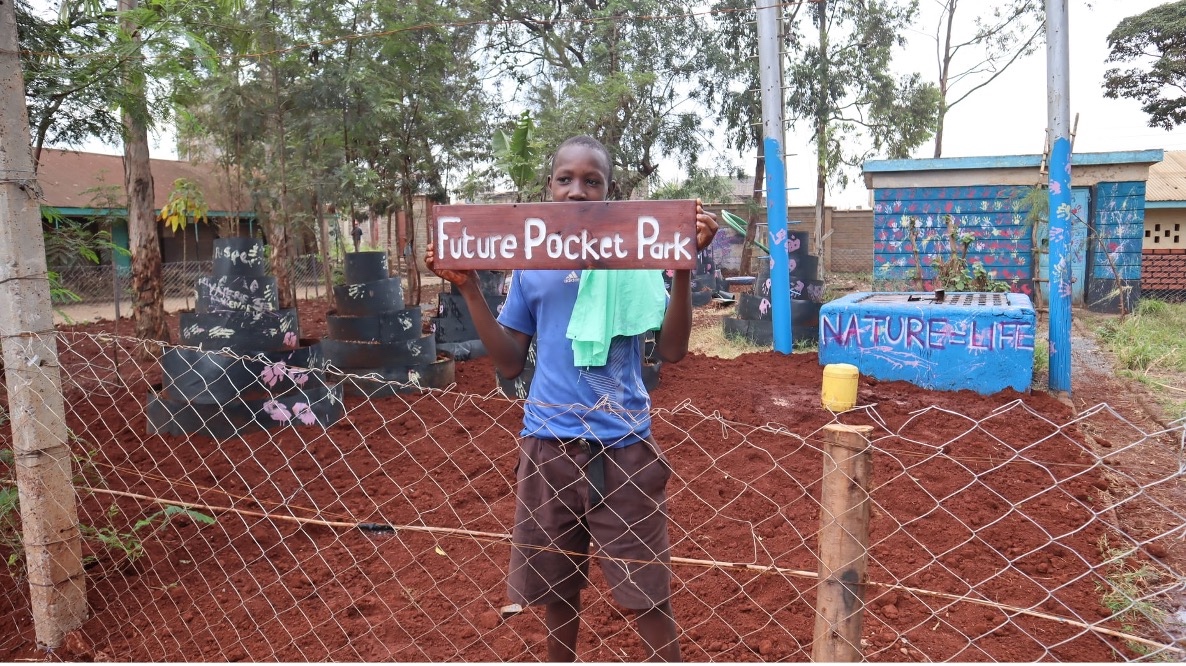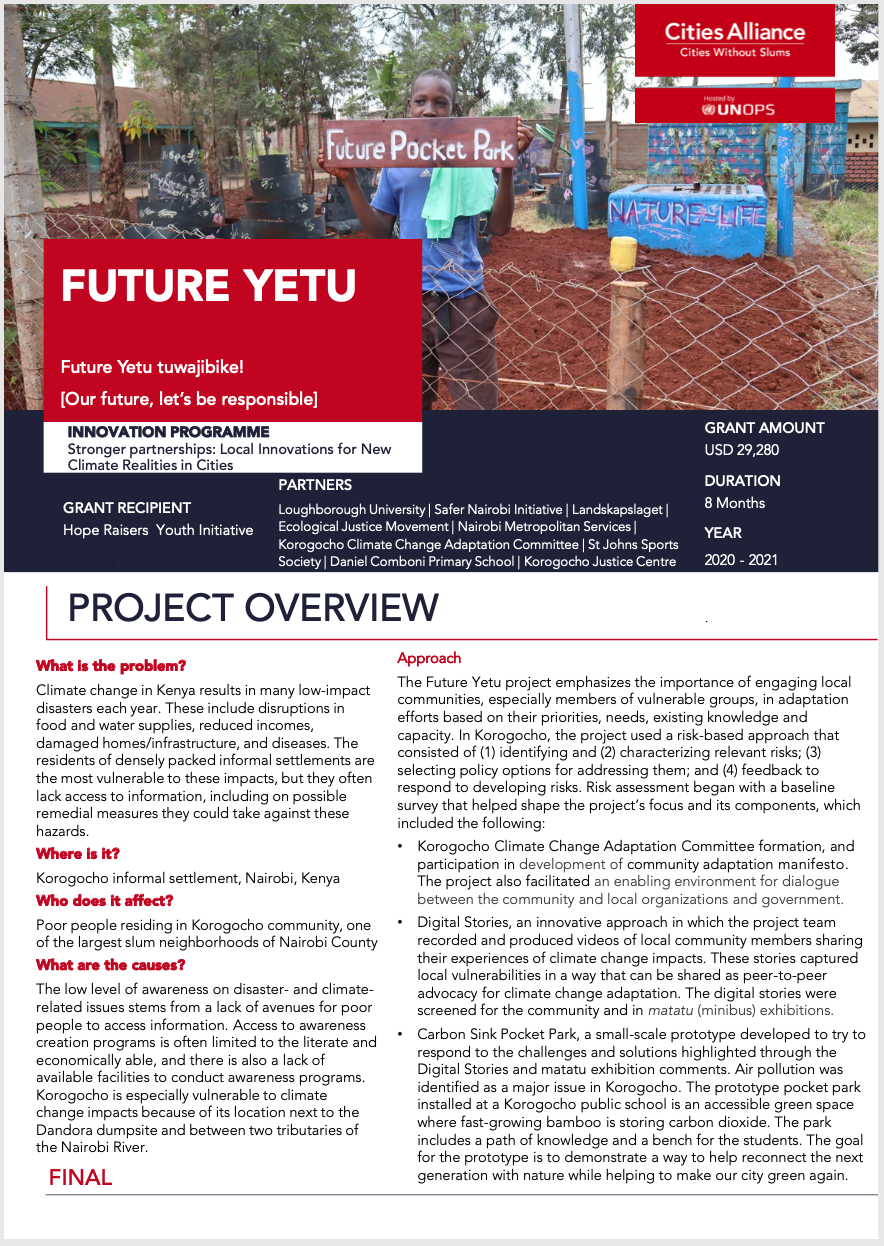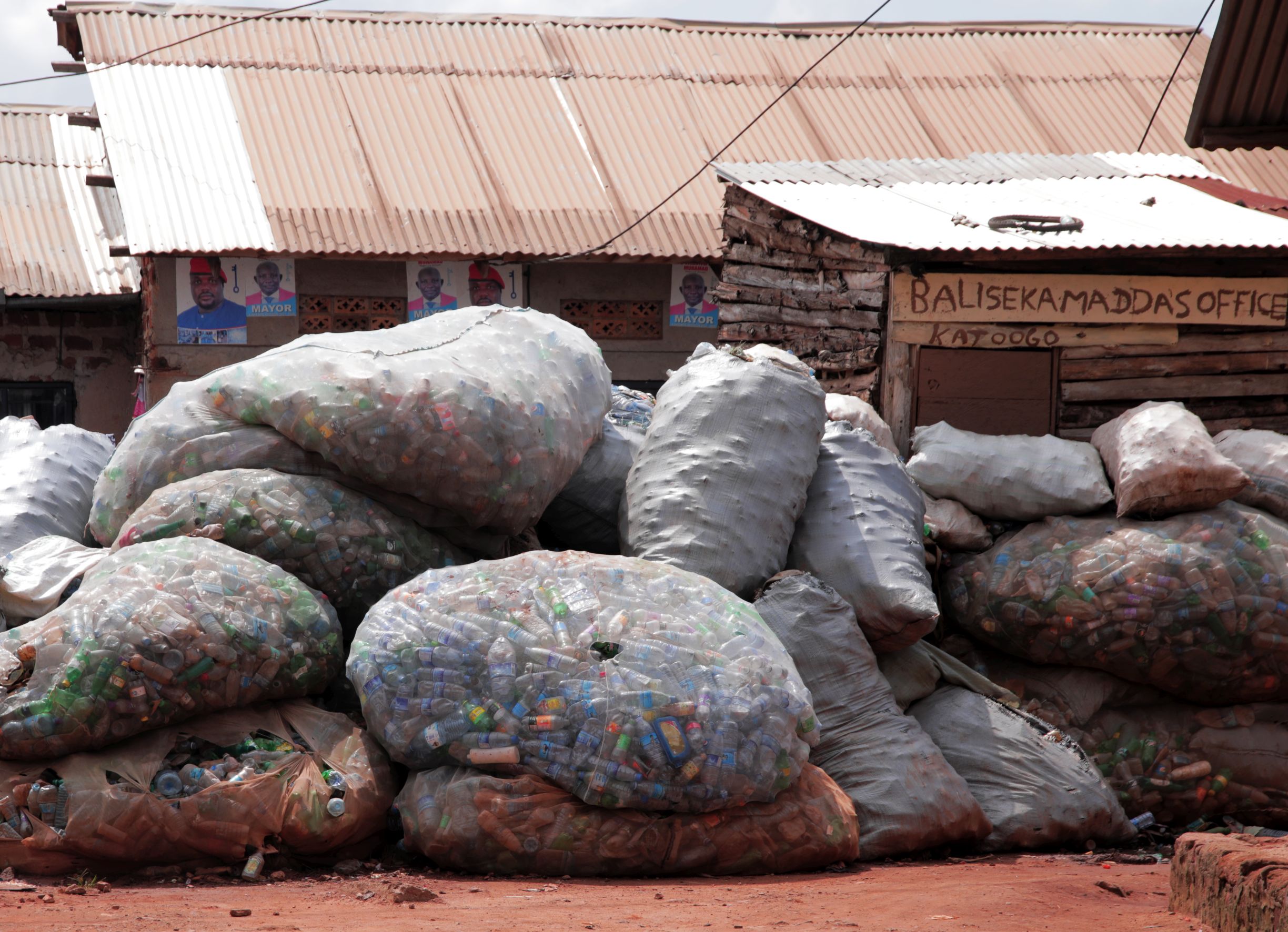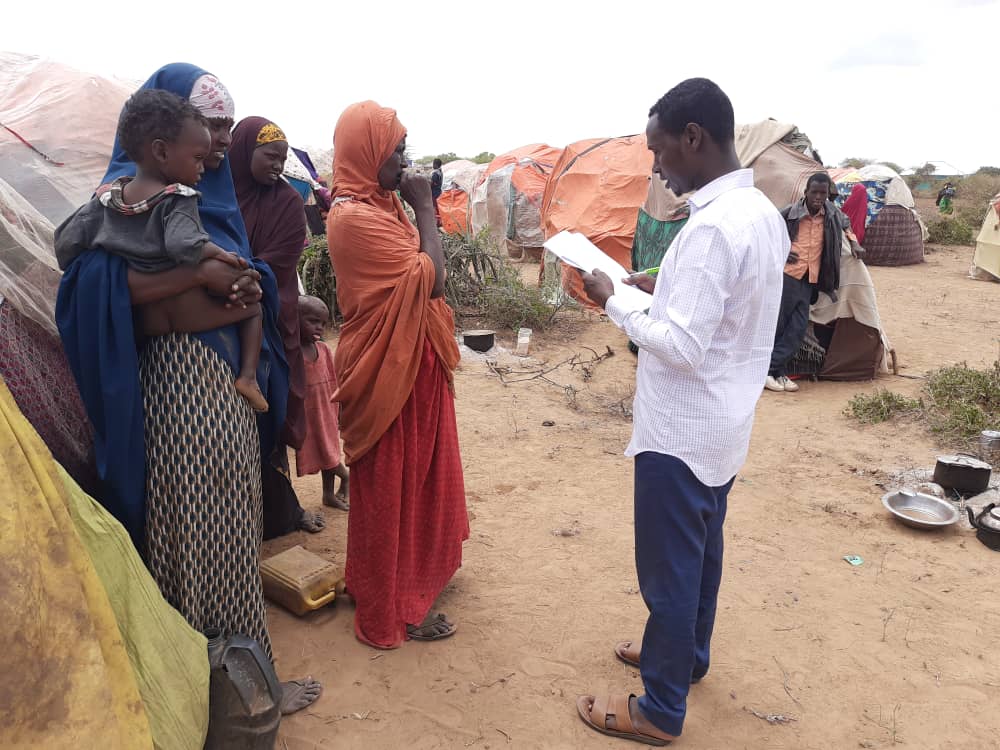- Who We Are
- How We Work
- Regional / Country Initiatives
- Legacy
- Core Themes
- Working Groups
- Portfolio & Results
- Newsroom
- Resources
Future Yetu: Digital Story Telling for Climate Adaptation


Kenya is highly vulnerable to climate change, with rising temperatures and rainfall variability affecting the lives and livelihoods of millions of people. Climate-related disasters such as flooding and severe storms damage homes and infrastructure, disrupt food and water supplies, reduce incomes, and increase the incidence of waterborne diseases.
Poor people living in informal settlements such as Korogocho in Nairobi County are disproportionately vulnerable to these hazards. At the same time, there can be a low level of awareness about climate change in these communities and possible adaptive measures for mitigating its impacts. In Korogocho, the lack of awareness stems from a lack of access to information and resources. Local climate awareness programs are generally limited to the literate and economically able, while many community residents are semi-literate, and most are poor.
With support from the Cities Alliance Innovation Programme, Hope Raisers has contributed to addressing these issues through its project, Future Yetu, meaning Our Future. The project has raised local awareness of climate change vulnerabilities in Korogocho and has also supported residents to innovate community-based approaches for adapting to future challenges.
The project began with a baseline survey to gauge awareness, vulnerabilities, and risks and to prioritise the community's concerns. From the issues identified in the survey, the Future Yetu team developed an innovative, multi-faceted approach that combines the creative arts, digital tools, peer-to-peer outreach, community participation, and enhanced communications with local government.
In the next phase, the project intends to produce arts and crafts, jewellery, and more value-added products using recycled waste from the Dandora dumpsite. Future Yetu 2 will operate as a consortium that includes Korogocho Climate Change Adaptation Committee, Hope Raisers, and additional partners.
This 4-page final report provides an overview of the project, its achievements, key lessons learned, and future steps.


